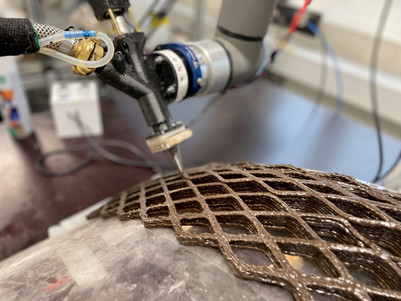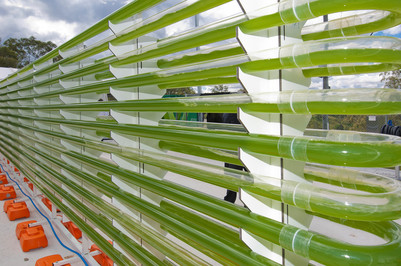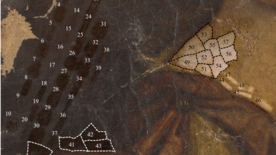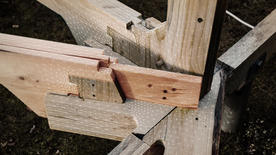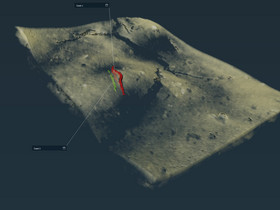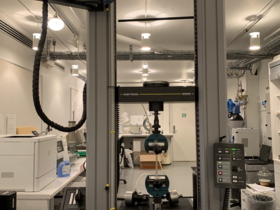
Cracks are not just cracks
Cracks are a common degradation phenomenon in canvas paintings, but cracks are not just cracks.
There are different types of cracks and crack patterns, e.g., cracks due to ageing or drying, or crack patterns that can be associated with previous impacts such as shock or past climatic fluctuations of temperature and relative humidity that cause movements in the layered structure of a painting.
In addition to these types of cracks, which are often visible to the naked eye, there can also be micro-cracks so far hidden within the ground layer under the paint surface, that might become critical in the future, migrating to the surface of the paintings.
The animation below shows a detail from an oil painting by Albert Küchler from 1825. The animation illustrates the cracks visible to the naked eye under normal visible light conditions and then the micro-cracks in the ground layer, that become visible under reflected infrared radiation.
Cracks are an important topic for the research team at the Royal Danish Academy to study as this can inform the work on the computational degradation model of canvas paintings.
One of the new findings so far is, that the small micro-cracks are oriented in the same direction and that the cracking is influenced by the threads of the canvas and their spinning degree. The micro-cracks located in the ground layer are initiated by swelling and contraction of the canvas, and they can grow if there is extra tension added to the system, e.g., by fluctuations in the climate causing the materials to move or by conservators stretching the canvas. The potential for the micro-cracks to grow is a risk of further degradation of the paintings, which is important to take into account in the tailored degradation model.
This research will be presented at the ICOM-CC Triennial conference in Beijing 2021, and be published open access subsequently. We will keep you informed in future blogposts.







